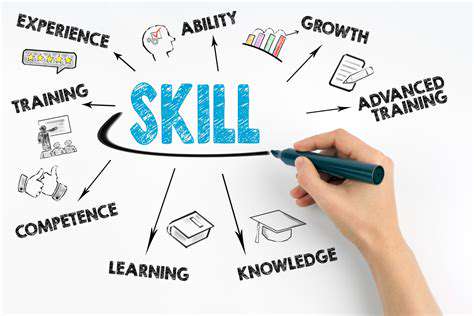Guide to Learning Grant Writing
Writing a Strong Project Narrative: Telling Your Story
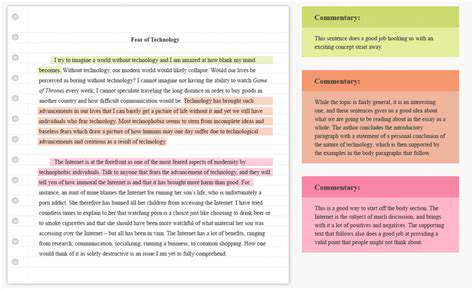
Crafting a Compelling Introduction
Every great project narrative starts with an opening that commands attention. Think of it as the first impression—make it count. Clearly state what your project is about and why it matters in the bigger picture. The key here is to paint a vivid picture of the problem your project tackles and the transformative change it promises. This initial hook isn't just about information—it's about creating curiosity and emotional resonance.
Keep your introduction tight and purposeful. Outline the project's boundaries and goals without overwhelming the reader. A well-structured opening acts as a roadmap, guiding the reader through your narrative while building anticipation for what follows.
Highlighting the Problem Statement
Your narrative should do more than describe—it should illuminate. The problem statement must cut through ambiguity with surgical precision. Describe the issue, its ripple effects, and the underlying causes. This section should leave the reader with zero doubt about why your project is necessary and urgent.
A razor-sharp problem statement shows you've done your homework. It builds credibility by demonstrating deep contextual understanding and positions your project as the missing puzzle piece.
Demonstrating the Proposed Solution
Here's where your narrative shifts from problem to promise. Walk through your solution with the detail of an engineer and the clarity of a teacher. Show how each component directly counters the problem you've outlined. This isn't just about ideas—it's about proving your approach is both innovative and grounded in reality.
Illustrating the Project's Methodology
Peel back the curtain on your process. Detail your step-by-step approach like you're training a successor. Include timelines, resources, and the logic behind your choices. This section should read like a masterclass in project execution—thorough, thoughtful, and transparent.
Your methodology isn't just a roadmap—it's credibility in action. It shows reviewers you've anticipated challenges and designed systems to overcome them.
Presenting the Expected Outcomes and Benefits
This is your vision-casting moment. Describe the tangible changes your project will create, using hard numbers where possible. But don't stop there—explain the broader implications. This section should make the reviewer feel they're not just funding a project, but investing in transformation.
Connect your outcomes to larger organizational or community goals. Show how your work creates ripples that extend far beyond the immediate results.
Addressing Potential Challenges and Risks
Turn vulnerabilities into strengths by facing challenges head-on. Identify possible obstacles, then showcase your contingency plans. This demonstrates professional maturity—you're not just hoping for the best, you're prepared for reality.
A thoughtful risk analysis proves you've stress-tested your plan. It transforms potential weaknesses into evidence of thorough planning.
Concluding with a Strong Call to Action
End with the same energy you started with. Recap your key points, then issue a clear invitation to action. Make the next steps obvious and compelling—whether it's funding, partnership, or another form of support.
Your conclusion should linger in the reader's mind long after they finish reading. It's not just an ending—it's the beginning of what comes next.
Budgeting and Financial Management: Ensuring Accountability
Understanding the Importance of Budgeting
Budgeting isn't just accounting—it's storytelling with numbers. In the grant world, a well-crafted budget does more than track dollars—it builds trust. By forecasting expenses and income with precision, you create a financial narrative that reassures funders. This forward-looking approach helps spot potential issues before they derail your project. Think of your budget as both compass and contract—guiding your decisions while holding you accountable.
Different projects demand different budget types. A project-specific budget allocates funds with surgical precision, while a comprehensive budget offers the big-picture view. Mastering both gives you complete financial fluency.
Developing a Realistic Budget
Budget realism separates dreamers from doers. Base your numbers on hard research—historical data, market rates, and project specifics. This granular approach prevents nasty surprises down the road. A realistic budget isn't just about limits—it's about making every dollar work harder.
Break down costs with forensic detail. Justify each line item like you're explaining it to a skeptical investor. And always include a contingency—because even the best plans meet reality.
Monitoring and Tracking Financial Performance
Regular financial check-ins are your early warning system. Comparing actuals to projections isn't bean-counting—it's smart project management. Catch variances early, and you maintain control. This disciplined approach keeps small issues from becoming crises.
Ensuring Accountability and Transparency
In grant management, trust is built through transparency. Document every transaction like it might face public scrutiny. This paper trail does more than satisfy auditors—it demonstrates your commitment to ethical stewardship.
Strong internal controls protect both your project and your reputation. Clear approval processes and separation of duties create accountability at every level. These systems don't just prevent problems—they build confidence.
Grant Writing Resources and Tools: Streamlining the Process
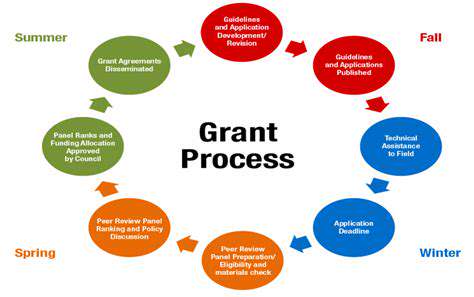
Finding Funding Opportunities
Funding discovery is strategic matchmaking. Successful grant writers approach this like detectives—tracking down the perfect alignment between their project and funder priorities. The most effective researchers don't just look for money—they look for mission alignment. This thoughtful approach yields better results than shotgun applications.
Build a living database of potential funders, categorized by focus area, geography, and giving patterns. Treat this as an evolving resource, not a static list. The most prepared grant writers are always discovery-ready.
Grant Writing Guides and Templates
Smart grant writers stand on the shoulders of those who've succeeded before them. Templates provide the scaffolding for your unique content, ensuring you hit all required elements. These tools aren't crutches—they're accelerators that help you focus on substance over structure.
Quality resources abound—from nonprofit associations to government websites. The best combine practical examples with insider tips on what reviewers really want to see.
Understanding Grant Requirements
Grant guidelines are your playbook—ignore them at your peril. Each funder has unique expectations hidden in their requirements. Miss one detail, and all your hard work might be disqualified. Approach these documents like legal contracts—because functionally, they are.
Customization isn't optional—it's essential. Tailor each application like you're solving a specific puzzle, not filling out a form. This attention to detail separates the contenders from the also-rans.
Developing a Strong Project Narrative
Your narrative is where cold facts meet compelling storytelling. Weave data with human impact to create something greater than the sum of its parts. The most effective narratives make reviewers feel they're not just evaluating a proposal—they're joining a mission.
Quantify what you can, but never lose sight of the human element. Show how numbers translate to changed lives. This dual approach appeals to both the analytical and empathetic sides of decision-makers.
Budgeting and Financial Planning
A project budget is a credibility test in spreadsheet form. Each line item should tell part of your financial story. Precision here demonstrates your operational competence as much as your financial acumen.
Justify costs with the rigor of a forensic accountant. Show how each dollar contributes to outcomes. This level of detail convinces funders their investment will be stewarded wisely.
Managing Time and Deadlines
Grant writing is equal parts creativity and project management. Break the process into phases with built-in review periods. Successful applicants don't just meet deadlines—they own their timelines. Tools like Gantt charts can help visualize the workflow.
Build in cushion time for the inevitable revisions and unexpected delays. And don't go it alone—peer reviews can catch issues before submission. This disciplined approach prevents last-minute panic.
Read more about Guide to Learning Grant Writing
Hot Recommendations
- How to Stay Productive While Working Remotely
- Tips for Managing Conflict with Coworkers
- Entrance & Certification Exams (升学考试)
- How to Improve Your Storytelling Skills (Speaking)
- How to Find Profitable Side Hustles
- Tips for Preparing for the TOEFL iBT Home Edition
- Guide to Switching Careers from [Industry A] to [Industry B]
- How to Run an Effective Hybrid Meeting
- Tips for Marketing Your Side Hustle on Instagram
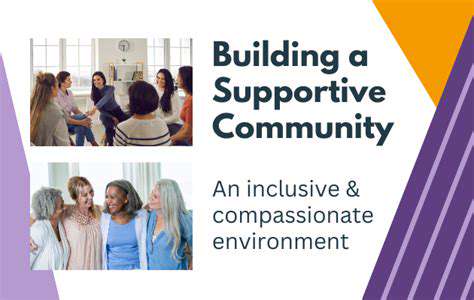

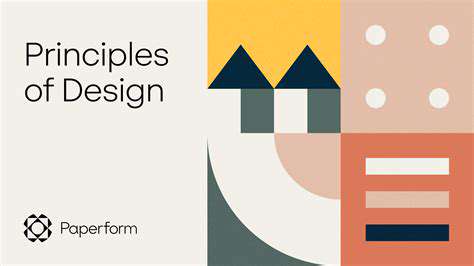
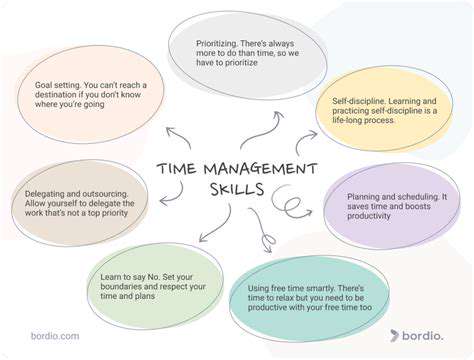


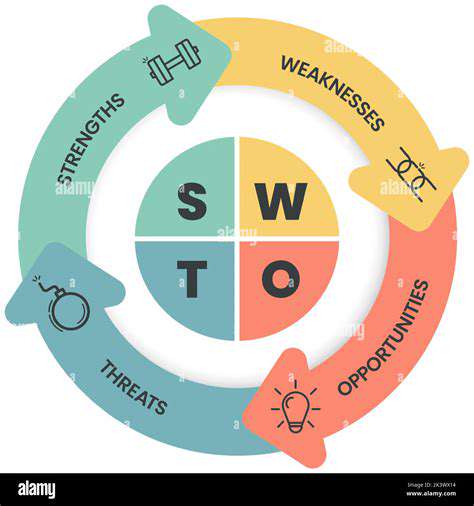



![How to Start an Online Business [Beginner's Guide]](/static/images/32/2025-06/ManagingFinancesandOperations.jpg)
